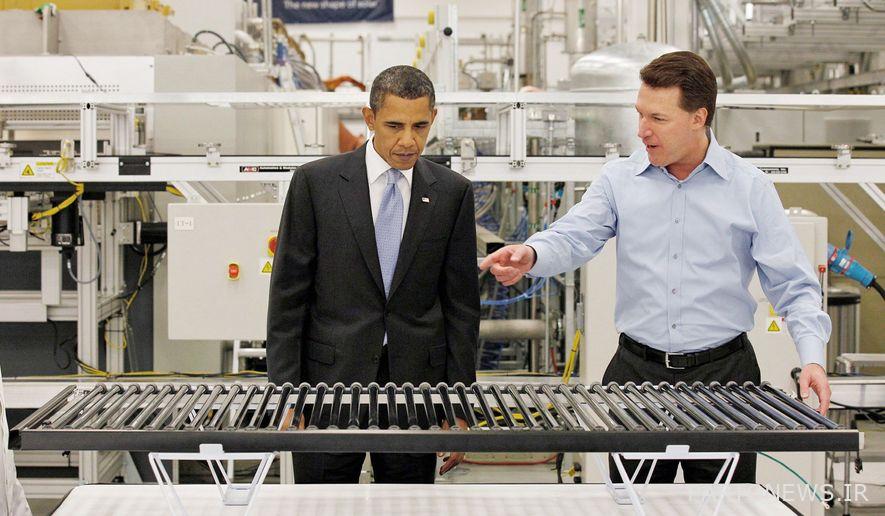The end of Solyndra, a business in the field of solar energy

In the startup environment, it is a habit to talk about successes to keep our hopes alive for the future, but it is a big mistake to forget the failures of the past and not benefit from the experiences of the past.
For this purpose, the Ecomotive team has collected the experiences of a series of failed startups, so that reviewing their failed stories may be a basis for the success of new startups in Iran’s startup community. This collection will be published and made available to the audience in the form of the story of failure. We review the sixth part of this series, which deals with the story of Solyndra’s startup failure.
Solyndra designs, manufactures and sells solar systems Photovoltaic which consisted of panels and hardware for wide and low-slope commercial roofs. The maximum efficiency of these panels is achieved when they are placed horizontally and in pairs and occupy the largest possible space on the roof.
Solyndra claimed that it has produced different and more optimized products, because unlike traditional flat panels, it consists of cylindrical panels. Cylinders, 40 of which are included in a space of 1 x 2 meters in order to absorb the maximum possible light from any direction (direct, indirect and reflected).
In 2006, the company began to market its technology globally. These systems were equipped with measuring devices sensitive to radiation, wind speed, temperature and humidity to help the development of energy production prediction software. According to the company, the installation of more than 1,000 Solyndra systems worldwide was equivalent to generating 100 megawatts of electricity.
Solyndra was the first company to receive a $535 million loan guarantee from the US Energy Agency in the Obama administration’s economic growth program in 2009. The company also received $25.1 million in tax credits and received at least another $198 million from private investors.
In 2010, the company’s revenue increased from $100 million in 2009 to approximately $140 million. On July 27 of the same year, Intel veteran Brian Harrison replaced Christian Gronet as CEO.

Solyndra products were manufactured at its second plant in Fremont, California. The annual production capacity of the company reaches 300 megawatts. But the market conditions changed. Between 2009 and 2011, the price of polysilicon, the raw material for most of Solyndra’s competing technologies, fell by about 89 percent, and companies such as Suntec And Yingli They produced the same conventional solar modules at a lower price in China. In this way, the company faced tough competition. Solyndra could not easily lower the cost of its product, so instead it tried to compete with other companies by taking out government loans and increasing production volumes.
In addition, contrary to the company’s expectations, demand for solar energy in European countries was low, as some governments had removed subsidies from these products, which reduced Solyndra’s ability to sell its product.
Although the company predicted in May 2010 that it would create several thousand new jobs, in November of that year it announced that it would lay off about 40 employees and not renew the contracts of 150 temporary workers to strengthen the company.
Finally, on August 31, 2011, this company declared bankruptcy and by firing 1100 employees, it stopped all its activities and productions.
Solyndra’s experience shows how difficult it is to know the market and enter it by introducing a new product, a market like energy that has existed for years and competing with other competitors in it requires reaching the lowest price. Solyndra’s case had also acquired political dimensions and it tells us: when your account party is the government and a lot of taxpayers, “you have no right to fail” and “failure is an unforgivable mistake”.
In the coming days, we will share more startup failure stories with you. Failures that the right look at them can provide the basis for our success!
Study proposal
How do you rate this article?


